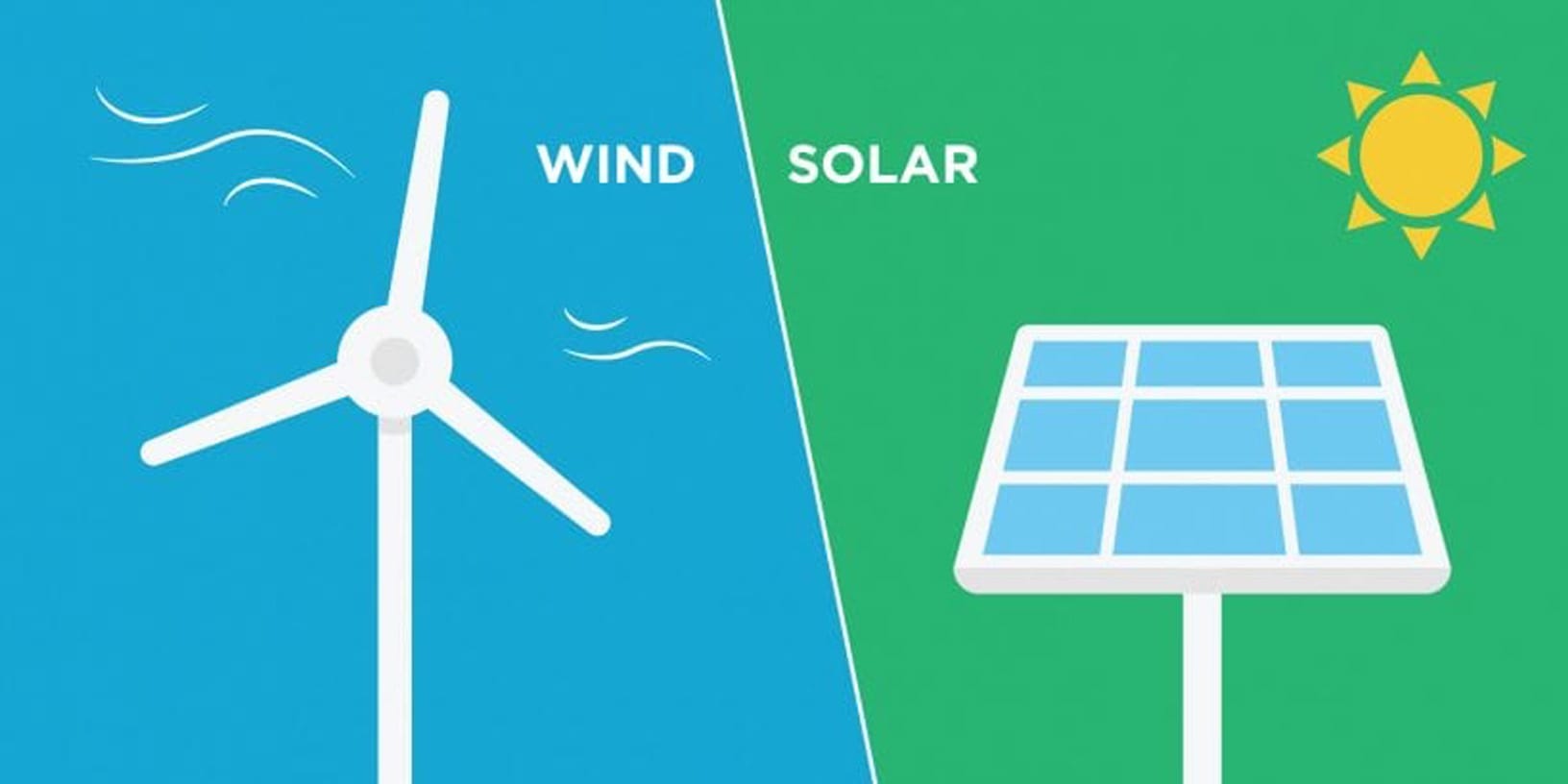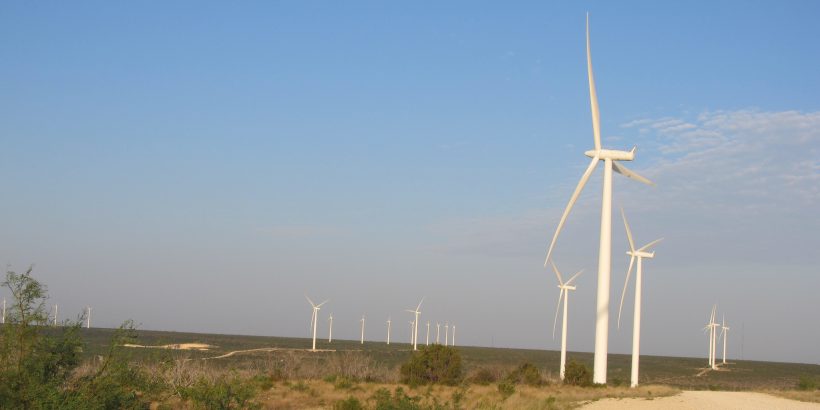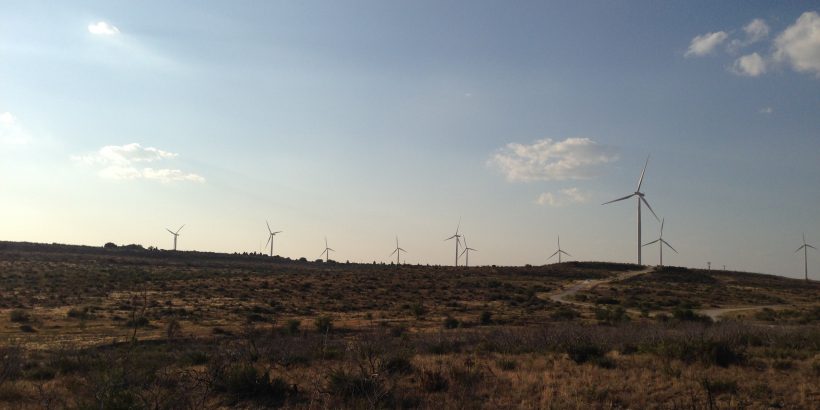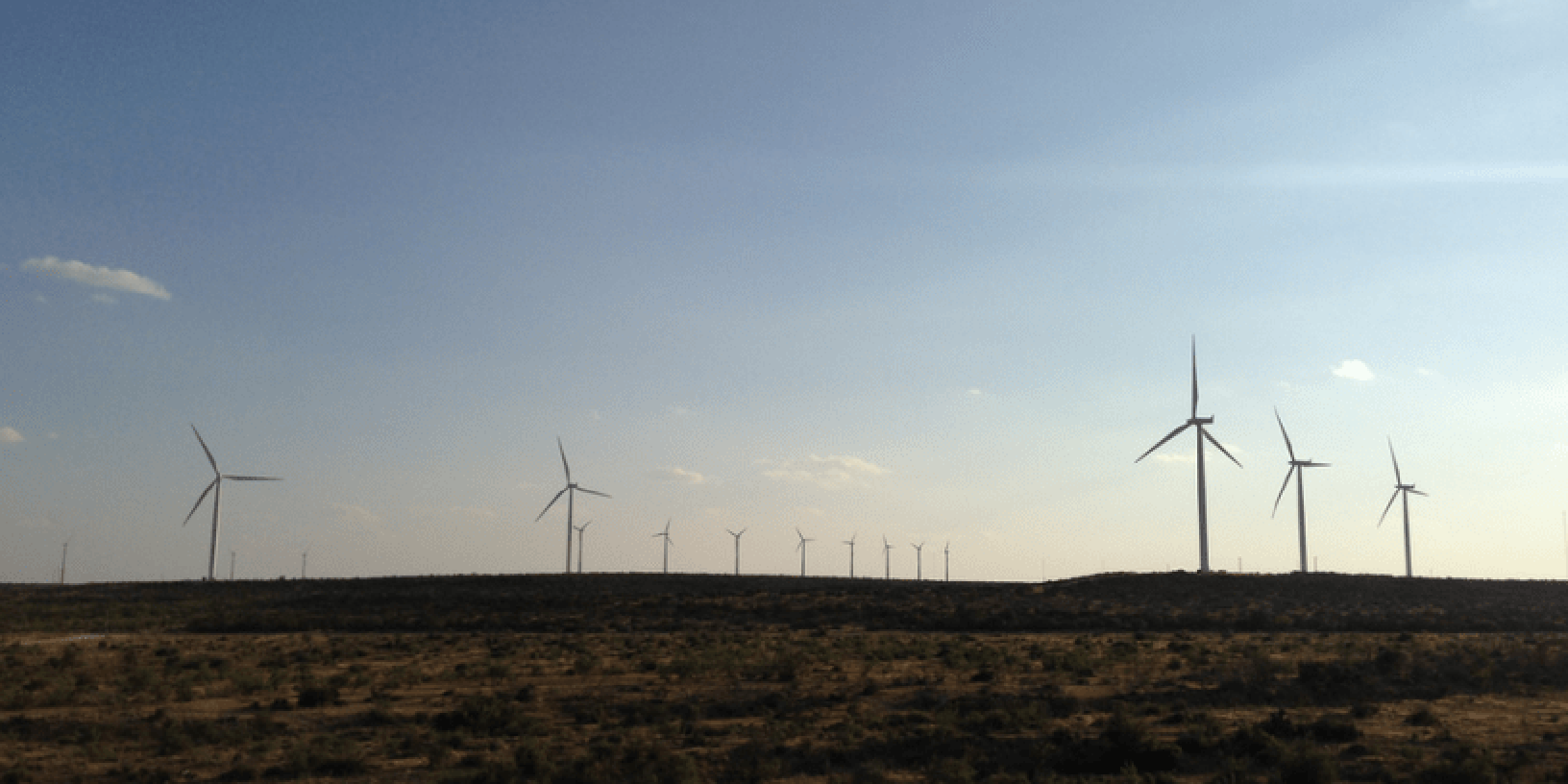Green Mountain Energy® Blog
Smart Tips for Electric Vehicles in Cold Weather



Electric vehicles (EVs) are projected to capture 10% of total auto sales in 2025. Clearly, they’re a popular choice among consumers. If you’re considering buying one, you might wonder, how well do electric cars work in the winter?
The short answer? Electric vehicles in cold weather respond much like their gas-powered counterparts in the same conditions. The U.S. Environmental Protection Agency (EPA) has reported that the energy efficiency of an EV drops by 34% in sub-zero weather, and the driving range is reduced by 57% compared to room temperature.
That means EVs need a little extra attention to deliver optimal battery efficiency and range in winter. It’s important to understand how cold temperatures affect EVs and how to keep yours performing at its best.



Both very cold and very hot temperatures can lower an EV battery’s performance and range, which are important factors for most EV drivers.
Ideally, an EV’s battery should be between 68° F and 77° F. Most modern EVs have battery management systems to help regulate the internal temperature. But when the external temperature drops much lower, it can start to affect key systems:
Battery chemistry: slows down a lithium-ion battery’s chemical reactions.
Energy demand: requires more heat to remain comfortable.
Charging efficiency: lowers the battery’s ability to accept a charge.
Tire performance: decreases tire pressure and increases rolling resistance.
As an EV driver in cold weather, you can get the most out of your car with minor changes to habits, thoughtful planning and being mindful of EV battery best practices.
Here, we’ll look closer at how to keep your EV running smoothly all winter.



Cold weather affects the chemical reactions inside an EV’s battery, which slows it down and reduces efficiency. In turn, this can increase charging times and decrease the range, both of which add to an EV’s operating cost.
To combat these issues, you can adopt a smart charging routine during winter:
- Precondition before driving.
- Park and charge in insulated areas, like a garage.
- Keep the battery’s charge level above 20%. (This is a good year-round rule of thumb, but it’s crucial in winter when the range can fall rapidly.)
How do you maximize EV range and efficiency in winter?
At this point in the evolution of electric vehicles, cold temperatures and increased energy demands on electric vehicle heaters can significantly reduce an EV’s range. To conserve battery power and extend your EV cold-weather range, follow these tips:
Monitor tire pressure.
Cold air lowers tire pressure, increasing rolling resistance and reducing efficiency and traction. Unlike gas-powered vehicles, EVs have instant torque, which can amplify road slipperiness, making proper tire pressure crucial.
Heat conservatively.
A University of Michigan study found that heating can use up to 50% of an EV’s battery capacity in severe cold. To conserve energy, consider using just the seat warmer(s) and/or heated steering wheel — instead of heating the whole cabin — to conserve energy.
Schedule charging.
If you need to drive in the morning and it was very cold overnight, schedule the charging to finish right before your departure so the battery doesn’t lose any fresh charge.



One of the most effective ways to protect electric vehicles in cold weather is through preconditioning. This practice involves heating the battery while the car is still plugged into a power source so the battery reaches an optimal temperature for driving. You should also precondition your EV in very hot weather to cool the battery to an optimal temperature.
What are the benefits of preconditioning?
Preconditioning has many benefits for EVs and their owners, such as improved battery life, a more consistent driving range, better charging efficiency and even increased comfort if you’re also preconditioning the cabin.
How and when do I precondition my EV?
As a general rule, you should precondition your EV when the battery itself is below 60° F. Some sources suggest beginning the process 20-30 minutes before driving. However, it depends on the battery and temperature. Check your owner’s manual for specific recommendations for your car.
To precondition your EV when charging at home, just plug it into the charger and schedule your departure via the car’s app or infotainment center. If your EV doesn’t have an automatic preconditioning feature, manually warm up the car while it’s charging.
If you’re driving an EV in cold weather, it’s also recommended that you precondition it en route to a DC fast-charging station. Although you won’t be plugged in while preheating this way, you will prevent the battery management system from throttling the charging speed to avoid damage.
Note: You should also precondition your EV in very hot weather to cool the battery to an optimal temperature.



Where you park your EV can impact its performance in winter. Cold temperatures cause the battery to lose charge, but parking strategically can reduce these effects.
Use a garage or covered area. Parking indoors or at least under shelter can help lessen the impact of cold weather on an EV’s battery. The car will also need less energy when starting/preconditioning.
Consider a thermal cover. If you don’t have access to a garage or covered structure, a thermal cover can protect your EV from the effects of low temperatures.
Make every season an EV season.
Now that you know the ins and outs of electric vehicles in cold weather, you can protect your EV and keep it running efficiently all winter long. To recap, the following steps can be taken to improve EV efficiency in winter:
- Always precondition your EV before driving it.
- Park in an insulated area or use a thermal cover for your EV.
- Keep the battery charge at 20% or higher.
- Maintain correct tire pressure.
- Schedule overnight charging to finish close to your departure time.
- Opt for using your heated seats and heated steering wheel over full cabin heating.
Using the proactive steps above, your EV will continue to be the lean, mean driving machine it was designed to be!
For more EV resources, check out these helpful articles:
Here’s What You Should Know About EV Chargers
How Far Can I Go with an EV?
5 Common Myths About Electric Vehicles





